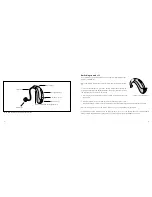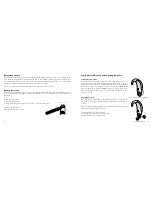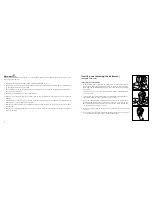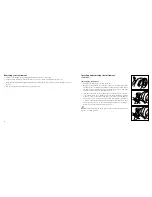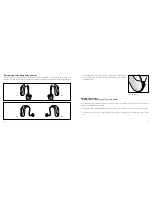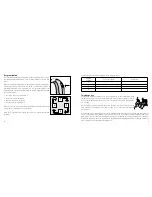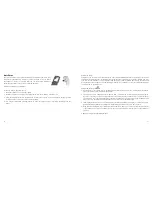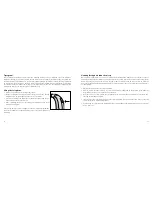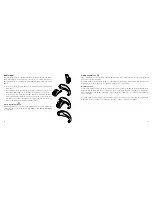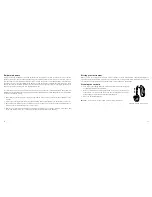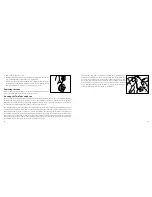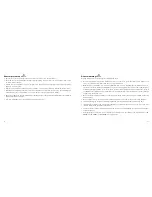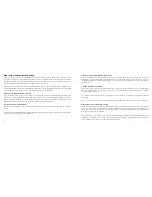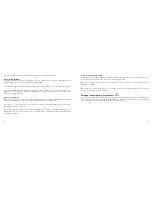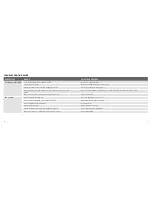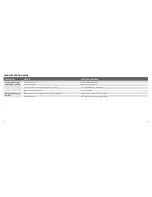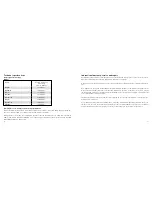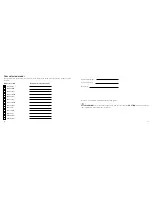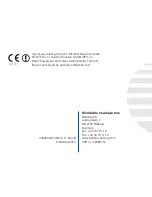
34
35
Ask others to talk slowly and clearly. Gently inform them that louder does not help.
6. Visit public buildings
Visit public buildings. Try to sit near the speaker; try to be seated in the front rows in a show. Avoid a seat
behind a pillar or in an alcove, you will be in a ‘sound shadow.’
In a restaurant, sit with your back towards the wall. This avoids disturbing noises coming from behind you.
Some public buildings have an inductive loop system. In these buildings, use your telecoil program, if ac-
tivated. However, not every position in the building will have good sound reception. Watch for signs at the
location or try a different seat.
7. Use your telephone
Often, you can hear the telephone clearly with your hearing instrument in the microphone program. Hold the
telephone handset 1 inch (2-3cm) from your ear and tilt the receiver outwards a little.
See whether or not the telephone sounds better if you switch your hearing instrument to the telecoil pro-
gram. Read about this on page 22.
Your hearing instrument meets strict international regulations. Therefore, it should be possible to use a
GSM telephone in most cases. However, in some circumstances, disturbance might be audible through
your hearing instrument.
8. Use your instrument all day
Using your hearing instrument and practising with it is the best way to learn to hear again. Try to wear your
instrument all day. This will provide you with the most hearing benefit.
Of course, a hearing instrument cannot restore natural hearing, but it will help you make the most of your
hearing as it is today.
Go beyond these eight steps and discover the world of sound around you. Do the things you enjoy and
listen to the sounds from your environment.
Warning to hearing care practitioners
i
Special care should be exercised in selecting and fitting a hearing instrument(s) whose maximum sound
pressure level exceeds 132 dB SPL with an 60711:1981 occluded ear simulator, because there may be a
risk of impairing the remaining hearing of the hearing instrument user.


